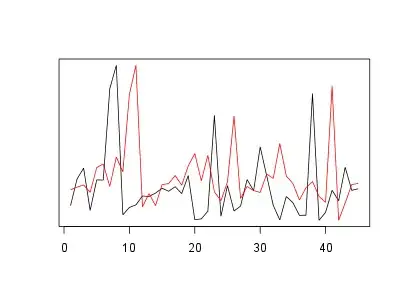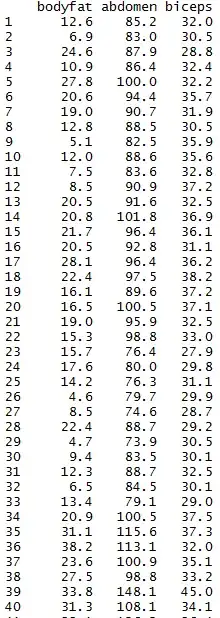I am analyzing a dataset containing observations from n number of attempts by players in a game. If I am building a regression model to predict the outcome of each attempt given 1 or more descriptors regarding each players attempt, how do I measure how many attempts a player must have before any particular descriptor becomes "meaningful" or "significant" given our dataset?
A good example would be a group of people playing darts. An absolute novice might close his eyes, throw the dart and hit a bull's eye. Obviously, we know that was pure chance, he has never played before, and heck, he might even be intoxicated. But let's say he throws 5 more darts and hits a bull's eye 3 more times out of those 5. He has now thrown 6 darts and hit a bull's eye 50% of the time. Now things are getting suspicious...
At what point does this true novice throw enough bull's eye darts, and how many attempts does he need before we can say he has serious talent above other more experienced players? What is this term in statistics and where can I learn more about it?
Disclaimer: I tried to avoid using loaded statistical terms like "significance" and "observations" as much as possible, though I felt they were appropriate in certain places here.
If anyone can point me in the right direction, that would be fantastic. Thanks!!

